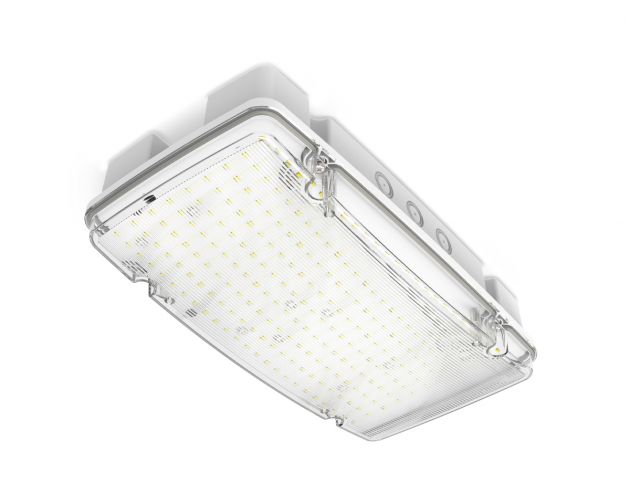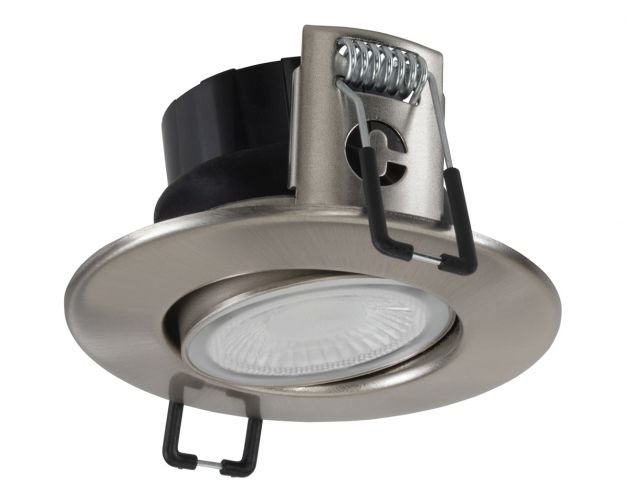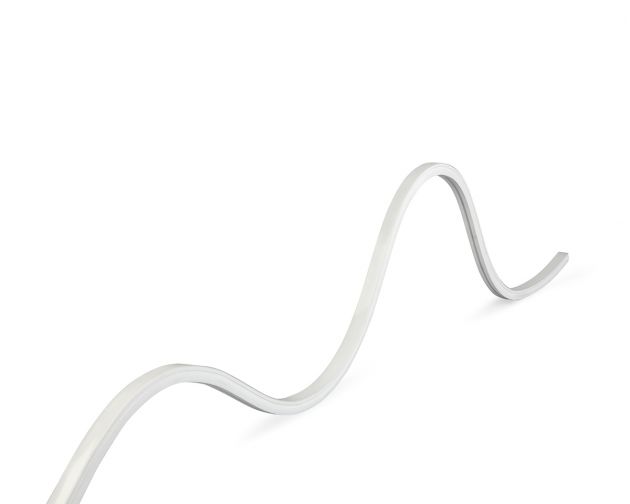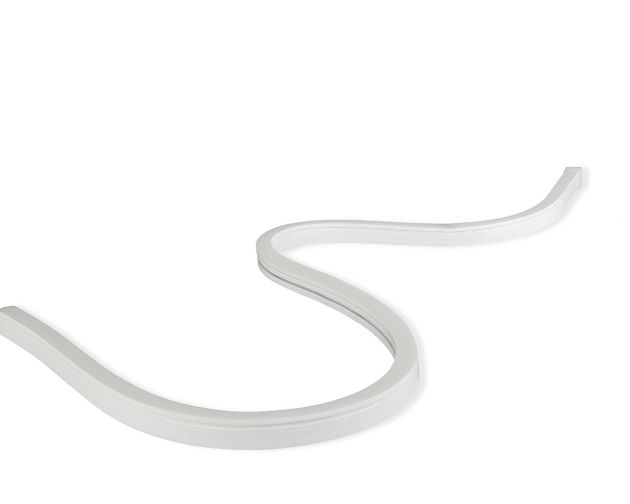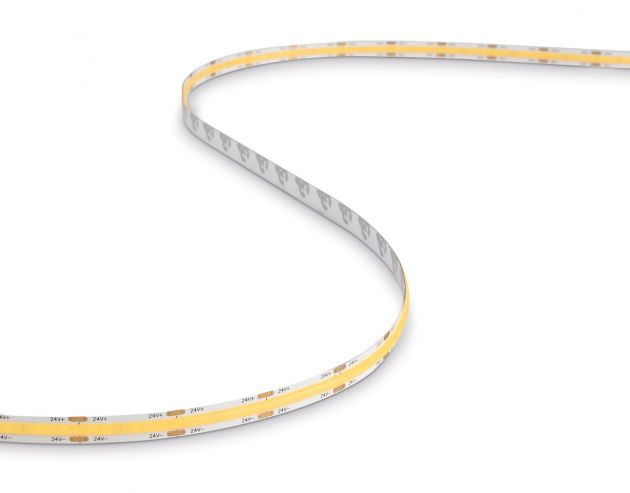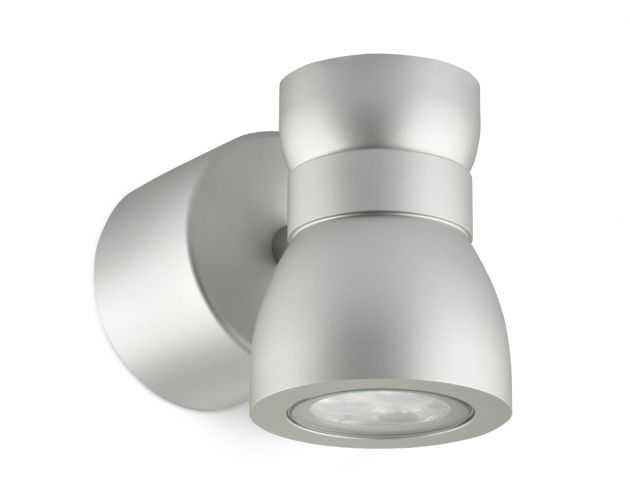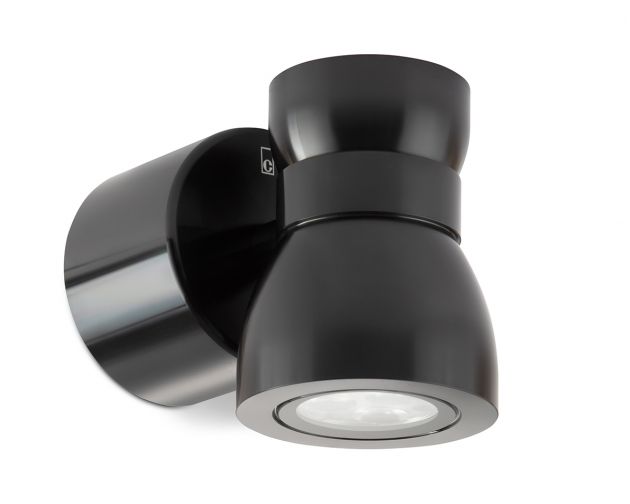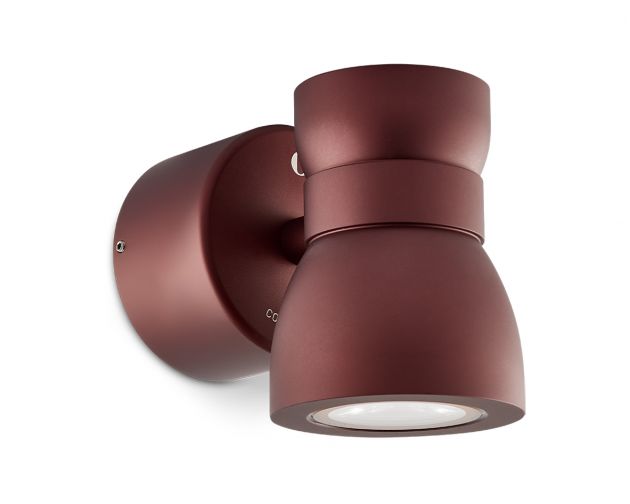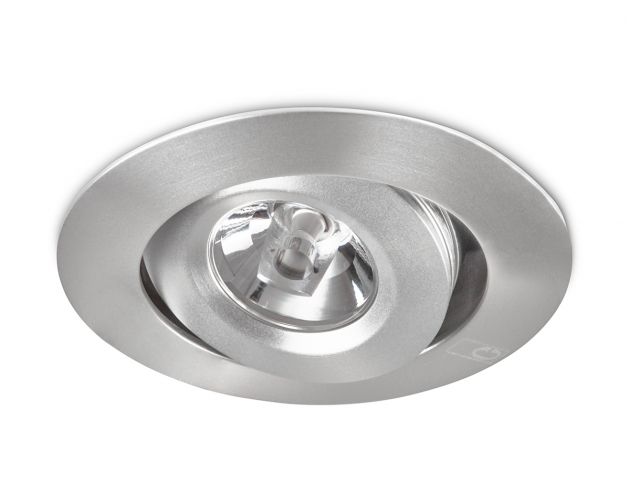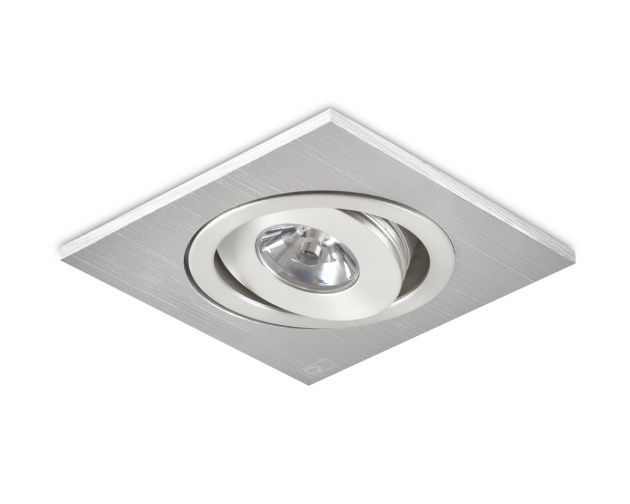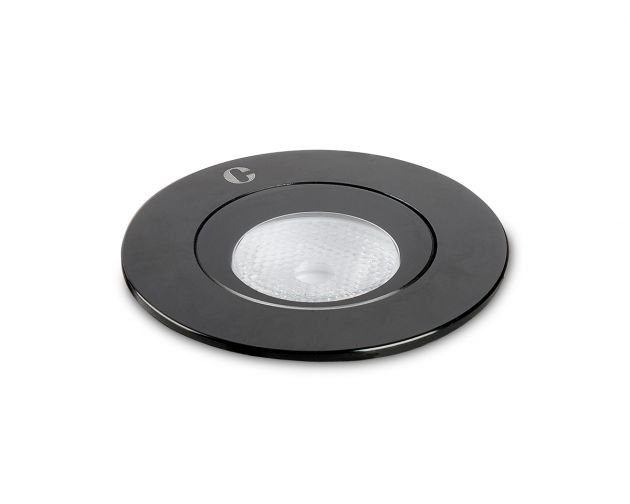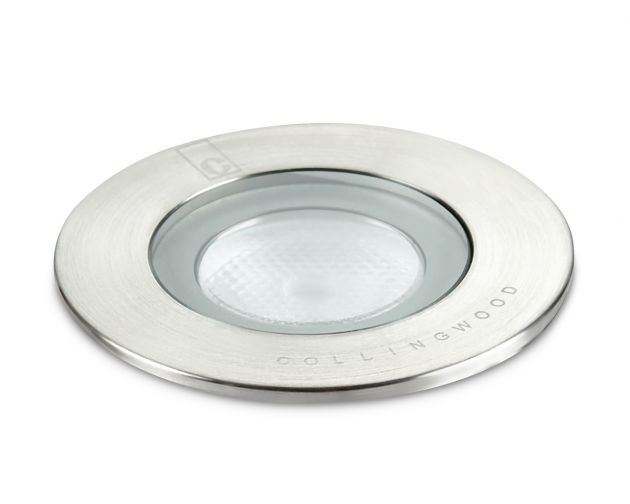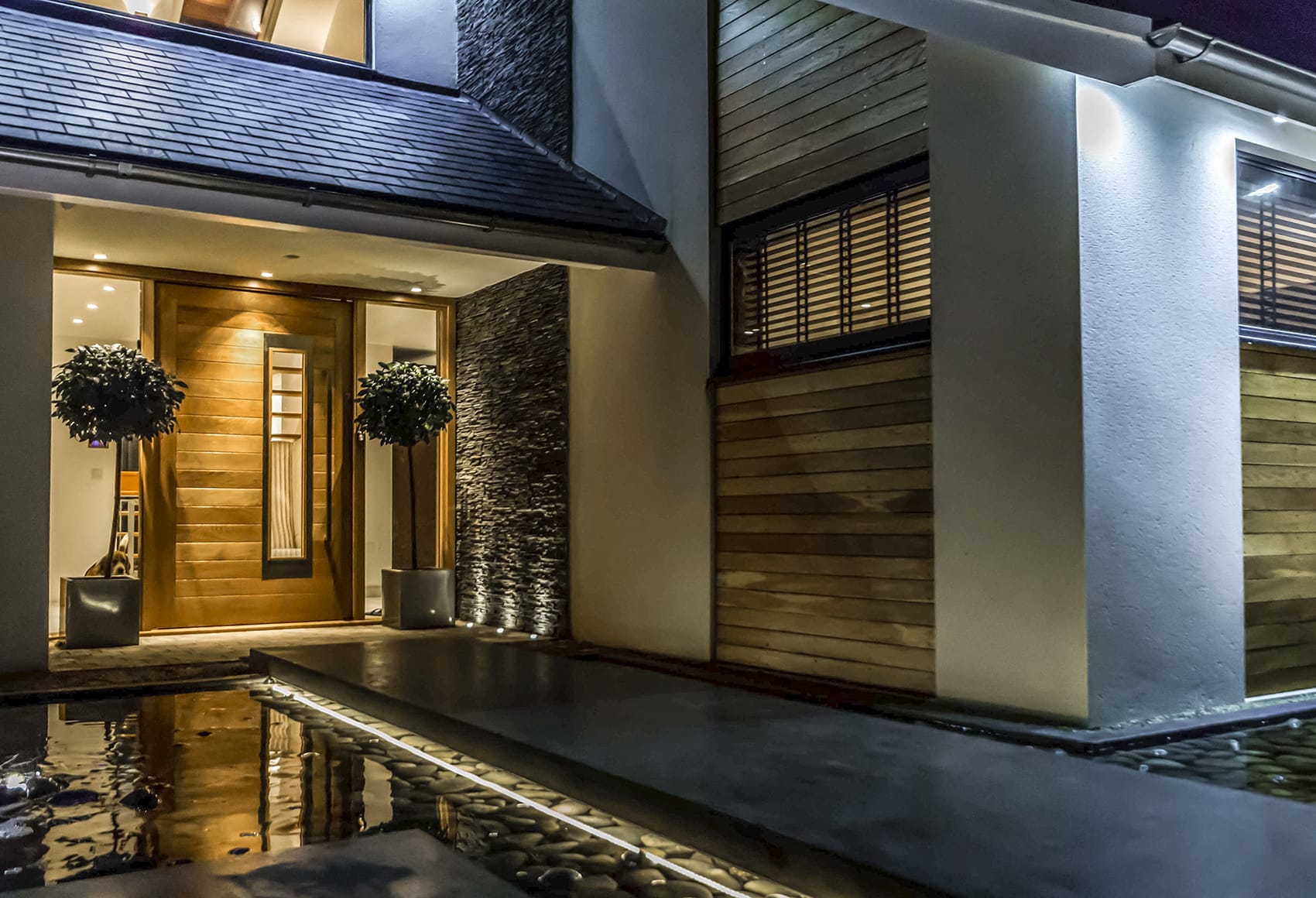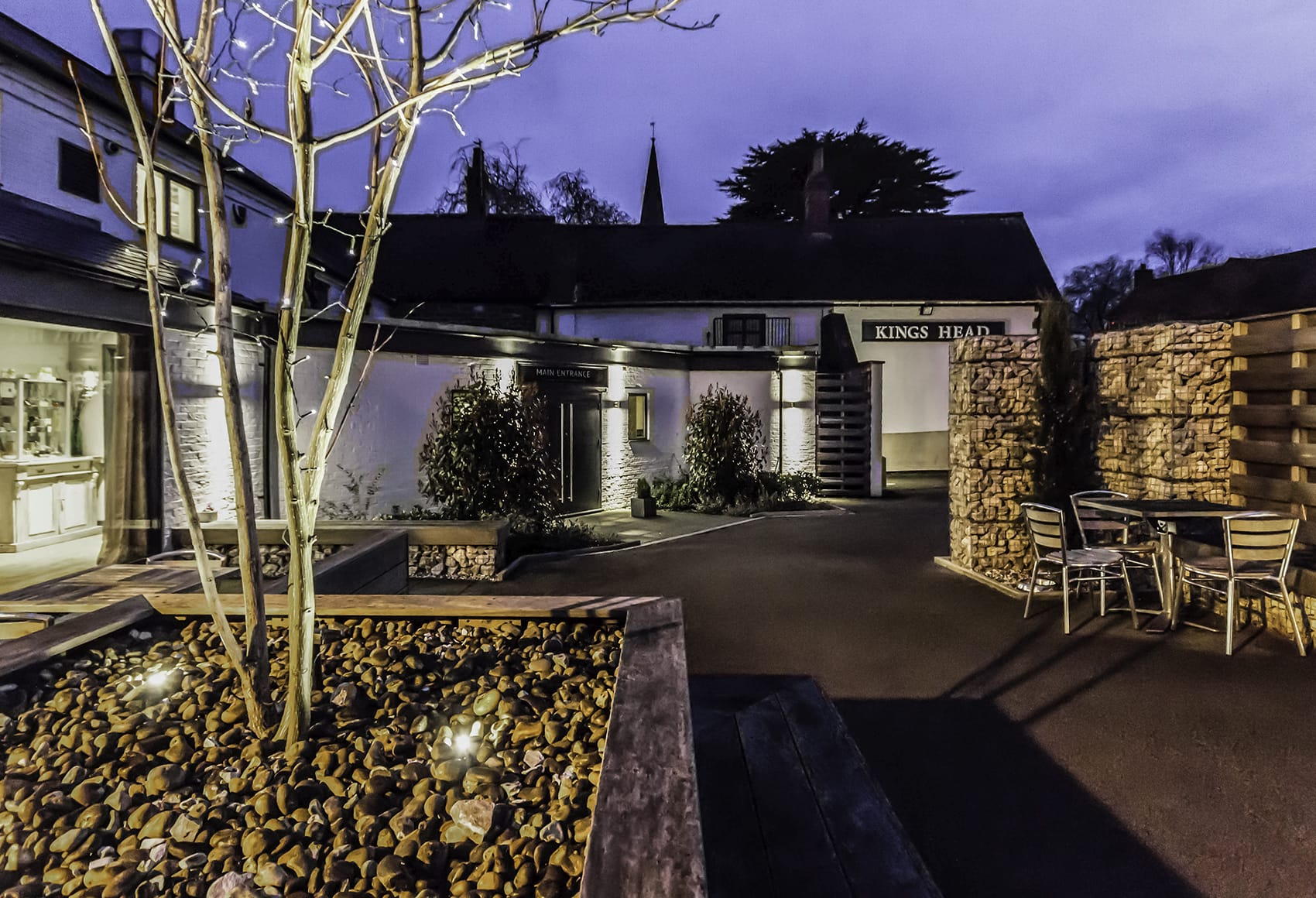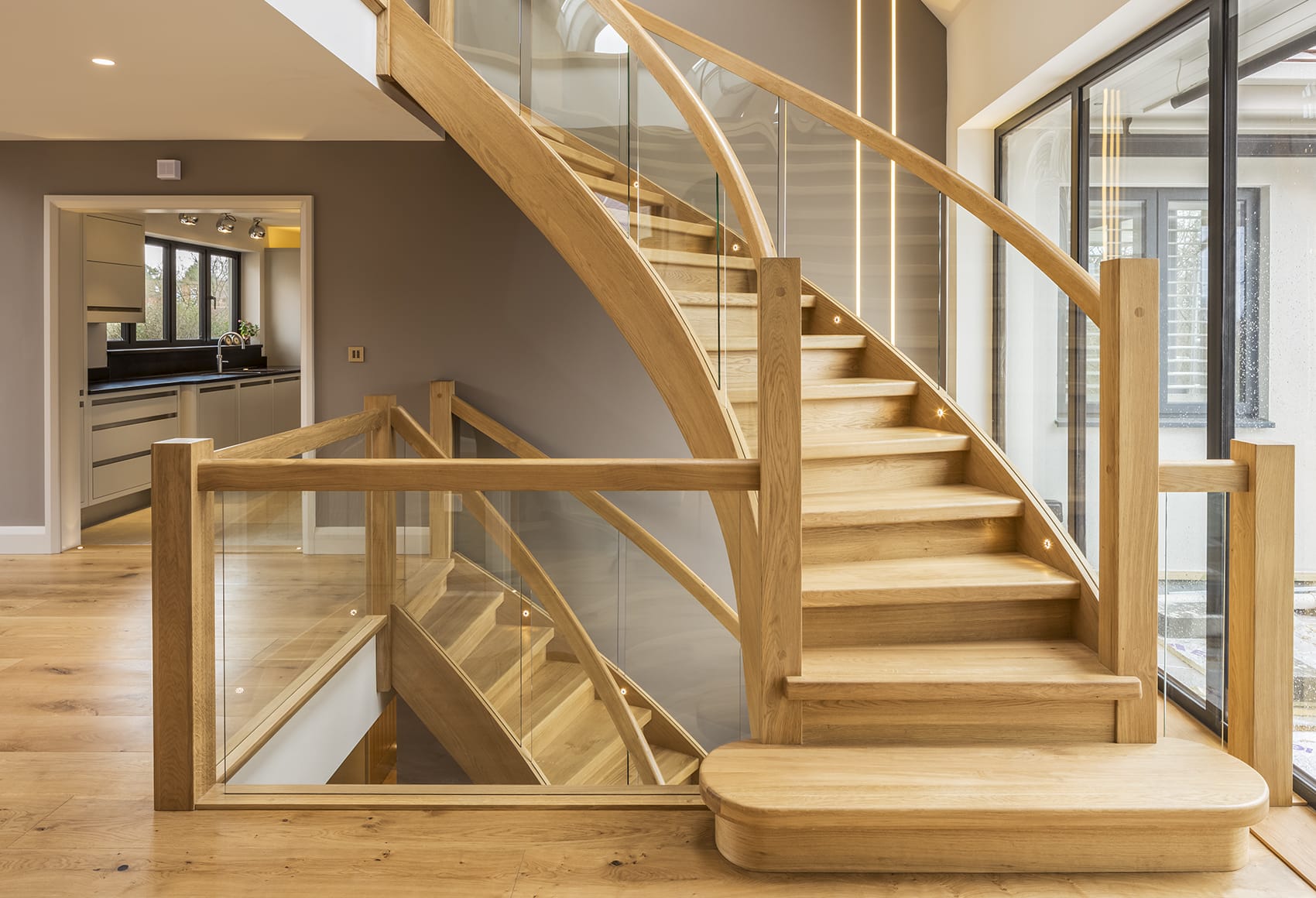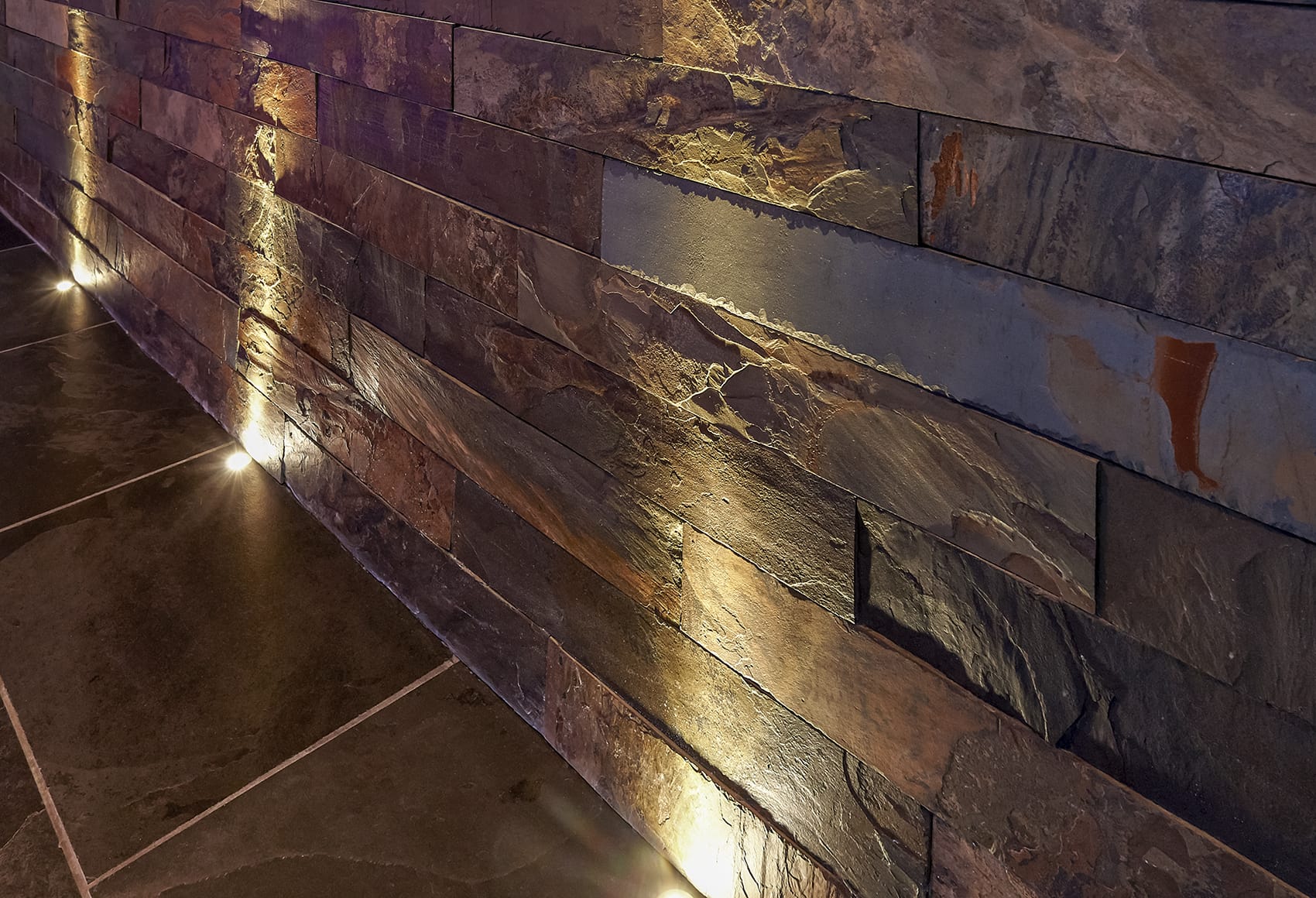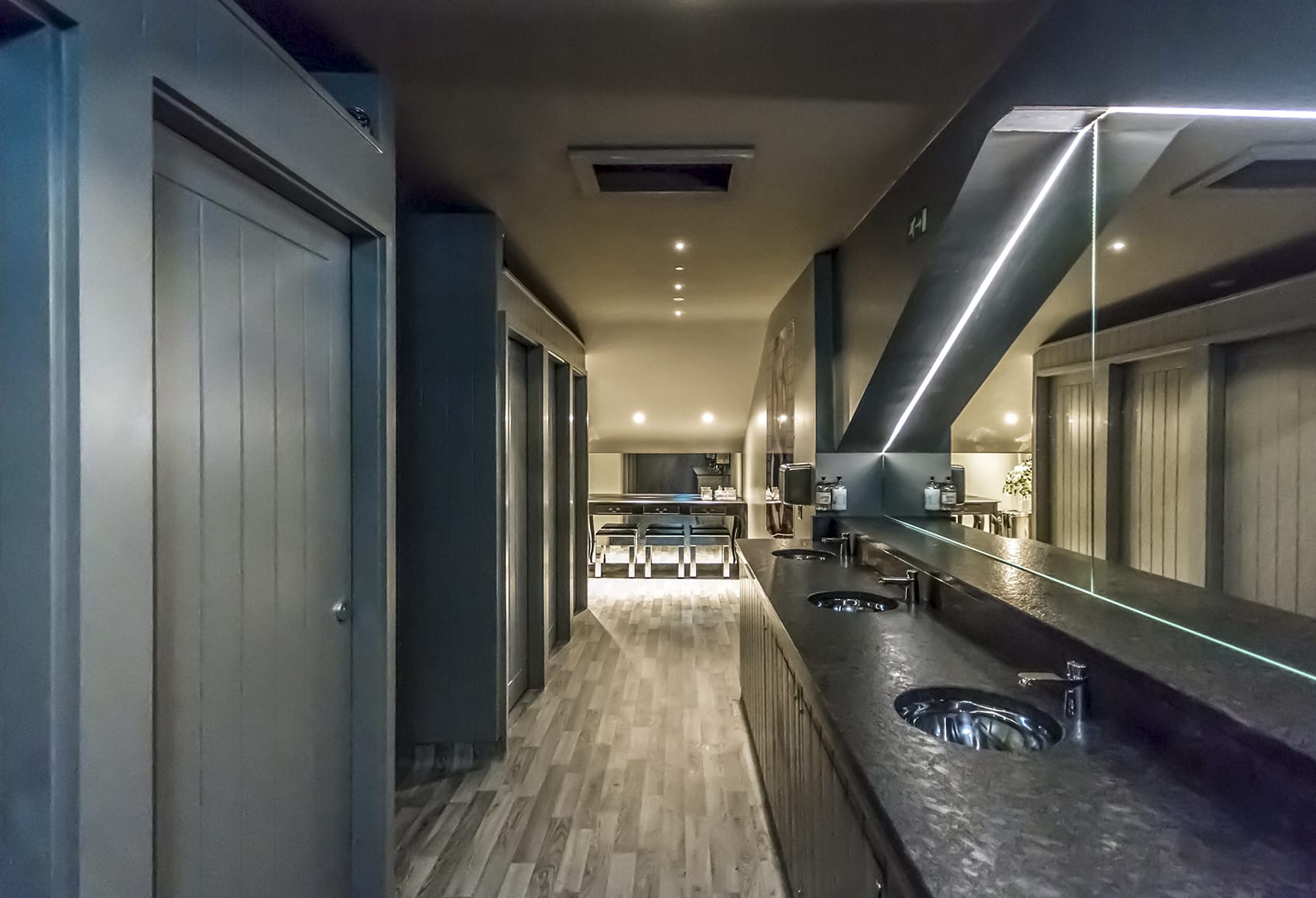We use cookies to make your experience better. To comply with the new e-Privacy directive, we need to ask for your consent to set the cookies. Learn more.
Living Room Lighting
Living room lighting should be adaptable. Whilst not as task focused as the kitchen, it must still work as both a cosy space for relaxing and a vibrant space for entertaining. Sometimes you will need fairly strong, overall illumination, whereas at other times a really soft ambient light is perfectly sufficient. The best lighting ideas involve building illumination in layers to provide the most impressive and flexible scheme.
Modern lighting ideas are really all about painting with light. So when you plan your living room scheme concentrate on the illumination instead of the light fitting. Consider the shape that it makes. Think about whether you want to your ambient light to be directed downwards from the ceiling or upwards from the floor. The former is traditional, but the latter is dramatic and works particularly well in rooms with standard height ceilings, creating an illusion of greater height. Think about the angle of the beam and the colour of the light itself.
The first white LEDs produced a very cold, almost blue-white light, but now several options, ranging from this right through to a warm yellow-white are available, and you can identify your preferred tone using the industry standard CCT (Correlated Colour Temperature) rating. This measures the 'temperature' of the light, its colour, in Kelvin. The higher the CCT number, the cooler the colour. 2700 Kelvin is a warm white generally used in the home, although this does depend on your colour scheme. Some colours can appear almost dingy under too warm a light, so 3000 Kelvin may well work better.
If you wish to run all of your lights together at any time, it is preferable to stick to the same tone throughout the room. However you may want a warmer tone when relaxing. Dim-to-warm technology means, quite simply, that when you dim the light, the colour of that light becomes warmer, and it is a particularly useful feature in lighting a living room. Collingwood dim-to-warm luminaries change from 3000 Kelvin to 1800 Kelvin (roughly the colour of candlelight) when fully dimmed.
Uplights and downlights, together with wall lights, are all excellent foundations to a good living room lighting scheme. But remember to make the most of bookcases and shelving by adding strip lights or small cabinet lights. Think about what the shelves are to carry. If books, then the lighting should be positioned towards the front so that it washes down their spines. If objects, you could highlight individual displays in a pool of light, or place lights at regular intervals to make a feature of the entire shelf, or even position lights at the back of the shelf to wash the wall and throw their display into silhouette. Finally, remember both planes. LED strip lights can be just as effective when used vertically, providing you have a suitable mechanism in which to hide them. Just remember to think outside the box. Browse the luminaires below, all of which are ideal for use in a living room, to provide inspiration.



